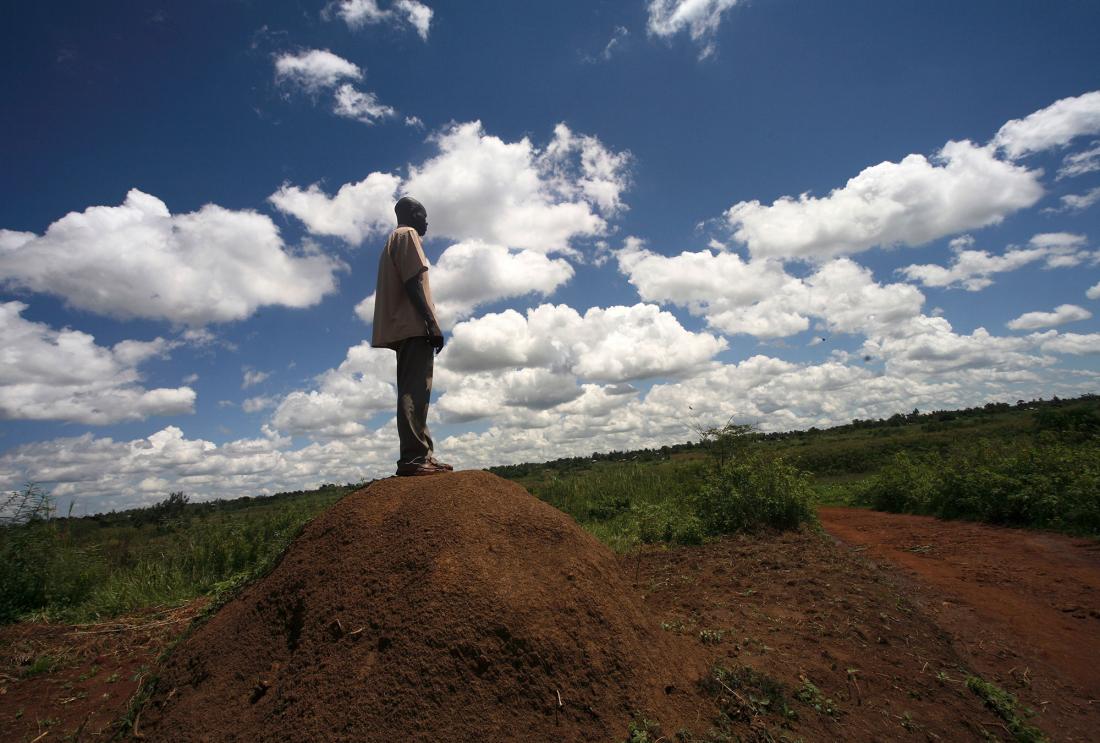Nudging Farmers to Use Fertilizer: Experimental Evidence from Kenya
- Farmers
- Technology adoption
- Fertilizer and agricultural inputs
- Subsidies
Policy issue
By some estimates, there are approximately 1.4 billion people living on less than $1.25 a day,1 many of whom are farmers. As such, identifying ways to increase agricultural incomes is crucial in alleviating poverty. Such strategies are especially important in sub-Saharan Africa, a region in which agricultural yields have been low and remained stagnant for many years. Use of inorganic fertilizer has the potential to dramatically increase yields and, if used correctly, is a highly profitable investment. Why do so few farmers in sub-Saharan Africa use fertilizer—is it lack of information about its profitability, lack of money to purchase the product, or an inability to save for the purchase?
Context of the evaluation
An estimated 66 percent of the population of Kenya’s Western Province lives below the poverty line2 where the majority of small farmers grow maize as their staple crop. Improving agricultural productivity through increased use of inorganic fertilizers could have substantial benefits for the livelihoods of these subsistence farmers. Numerous agricultural trials on experimental farms, as well as experiments where farmers were given full fertilizer, showed that adding fertilizer once the plants had sprouted (as top dressing) generated a 70 percent annualized return in Western Province. However, only 43 percent of sampled farmers in the Busia district report ever having used fertilizer. The overall goal of this research program is to understand why farmers do not invest in fertilizer. This part of the project investigates whether difficulty in saving harvest income until the time that inputs are needed is a significant barrier to adoption.

Details of the intervention
In collaboration with the NGO International Child Support (ICS), researchers designed an intervention to test if providing mechanisms to save harvest income for future fertilizer purchase could be effective in increasing usage. The intervention was called the Savings and Fertilizer Initiative (SAFI). The design of the experiment allowed researchers to test the impact of the SAFI program against various other strategies to improve usage, in particular fertilizer subsidies.
The following interventions were tested over two seasons among a sample of farmers:
-
Basic SAFI: An ICS officer visited farmers immediately after the harvest, and offered to sell them a voucher for fertilizer, at the regular price, with free delivery later in the season. The farmer had to decide during the visit whether or not to participate in the program, and could buy any amount of fertilizer.
-
SAFI with ex ante Choice of Timing: An ICS officer visited the farmers before the harvest and offered them the opportunity to decide when, during the next growing season, they wanted the officer to return to offer them the SAFI program. They were then visited at the specified time, and offered a chance to buy a voucher for future fertilizer use (as in the Basic SAFI program, as described above).
-
Free Delivery Visit Later in the Season: Same as SAFI program, but farmers were visited later in the season. An ICS officer visited farmers two to four months after the harvest (when it is time to apply fertilizer as a top-dressing to the next crop), and offered them the opportunity to buy fertilizer, at the regular price, with free delivery. This program was identical to SAFI, except that it was offered later.
-
Subsidy Later in Season: An ICS officer visited the farmers two to four months after the harvest (when it is time to apply fertilizer to the next crop) and offered to sell them fertilizer, at a 50 percent subsidy, with free delivery.
Results and policy lessons
The SAFI program was very popular. The basic SAFI was offered in two seasons. In the first season, the program increased usage by 14 percentage points, from a base of 24 percentage points. In the second season, the increase was even bigger, increasing usage by 18 percentage points, from a base of 26 percentage points (a 69 percent increase). SAFI with ex ante timing choice was also successful, increasing usage by 22 percentage points.
These effects are comparable to those obtained from a 50 percent subsidy offered later in the season: the subsidy increased usage by 13 percentage points. They are also larger than an undiscounted offer later in the season: the free delivery visit later in the season had no significant effect on usage.
Consistent with a savings problem, enrollment in the SAFI program did not cause farmers to use fertilizer in subsequent seasons (as would be predicted if farmers were learning about fertilizer through the program). This suggests that it was the lack of commitment mechanism that was preventing farmers from purchasing and using fertilizer.
Overall, the results suggest that offering farmers small, time-limited discounts on fertilizer may substantially increase usage without inducing overuse among farmers who are already using fertilizer, at relatively low cost.
Shahua Chen and Martin Ravallion “The Developing World Is Poorer Than We Thought, But No Less Successful in the Fight against Poverty,” World Bank Policy Research Working Paper #4703, 2008.
National Coordinating Agency for Population and Development (NCAPD) [Kenya], Ministry of Health (MOH), Central Bureau of Statistics (CBS), ORC Macro. 2005. “Kenya Service Provision Assessment Survey 2004”. Nairobi, Kenya: National Coordinating Agency for Population and Development.

